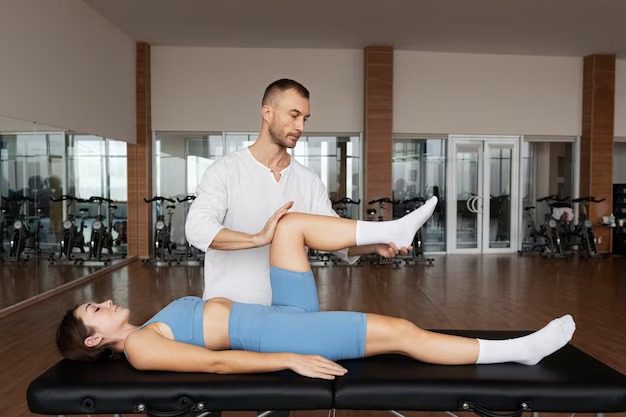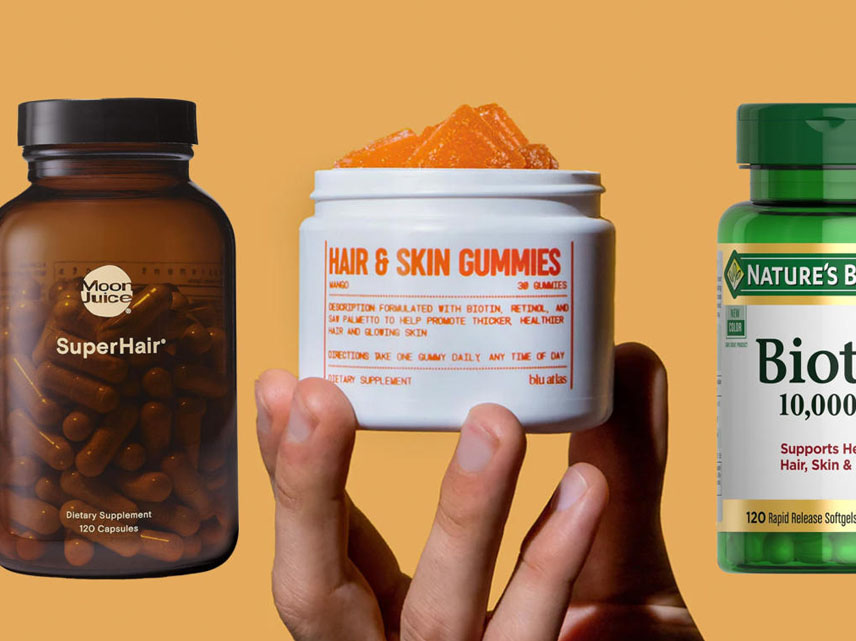Fitness and Sports
5 min read
7 Recovery Techniques Every Athlete Should Use (But Most Ignore)
October 08 , 2025
By Sharib

You push yourself through every rep, every mile, every match. But what you do after the workout is just as important. Recovery isn’t a luxury, it’s a necessity. Whether you're chasing a personal record or just trying to stay active without constant soreness, how you treat your body post-training determines how fast you bounce back and how strong you come back.
Most people overlook recovery until their body forces them to slow down. Muscle soreness, fatigue, tightness, they creep in, and suddenly motivation dips. That doesn't have to be you.
Smart recovery doesn’t require expensive gear or elite-level knowledge. It starts with consistent habits and a few powerful tools. From sleep and stretching to percussive therapy, these seven recovery methods are often skipped but make a real difference.
Add a few of these into your routine, and your body will thank you. Especially if you train hard, you should recover smarter.
Let’s break down what should be part of your recovery arsenal.
1. Sleep Like It's Part of the Training
If you’re skipping sleep, you’re skipping gains. Quality rest is where your muscles actually repair and grow. When you sleep, your body increases blood flow to muscles, releases growth hormone, and lowers cortisol levels. Translation? Less soreness, faster recovery.
You need at least 7-9 hours of uninterrupted sleep. Not just lying in bed, but deep, restorative sleep. If that sounds impossible, start with small adjustments: cool the room, avoid screens an hour before bed, and stick to a consistent schedule. Prioritize it the same way you prioritize training days.
2. Active Recovery > Doing Nothing
Rest days don’t mean lying still. Low-impact movement can actually speed up recovery by increasing circulation and helping flush waste products like lactic acid from your system.
Walk, cycle lightly, swim, or try yoga. The goal isn’t to sweat; it’s to move just enough to keep your body loose. Even 20 minutes makes a difference. Active recovery helps reduce stiffness and keeps your joints mobile, which means fewer injuries down the line.
3. Hydration Isn’t Optional
You hear it all the time because it's true, if you’re not hydrated, your recovery suffers. Water helps transport nutrients to muscles and flushes out toxins. When you sweat, you lose more than just water. Sodium, potassium, and magnesium are drained out, and they matter for muscle function.
Don’t just drink when you’re thirsty. Build a hydration habit. Add electrolytes on intense training days. Aim for at least 2-3 liters daily, more if you’re training hard or in the heat.
4. Percussive Therapy: Deep Relief in Minutes
Tight muscles, stubborn knots, soreness that lingers, you know the feeling. That’s where percussive therapy comes in.
Think of it as deep-tissue massage without the appointment. Vibration massage guns target specific muscle groups with rapid pulses, helping increase blood flow and break up adhesions. Athletes use them to recover faster and reduce DOMS (delayed onset muscle soreness).
You can use a massage gun pre-workout to warm up or post-training to cool down. Devices like those from [Brand] are designed for easy home use with multiple attachments for different muscle groups. They're especially effective on large muscle areas like quads, hamstrings, and back.
Percussive therapy isn’t hype, it’s backed by science and used by pros for a reason. Add it to your routine and notice the difference.
5. Stretching: Static and Dynamic Done Right
Skipping your stretch? Big mistake. Flexibility isn’t just for yoga fans. Tight muscles are more prone to strains and tears.
Dynamic stretching before your workout helps prep muscles for movement. Static stretching afterward helps lengthen muscles that just worked hard and keeps your range of motion healthy.
You don’t need to stretch for an hour. Just 10-15 minutes of focused work after a session can help reduce muscle tightness and soreness. Stretch daily if you're pushing your body consistently.
6. Nutrition: Fuel Recovery, Not Just Performance
What you eat after training is just as important as what you eat before. Your muscles are like sponges post-workout, they’re ready to absorb nutrients.
Aim to refuel within 30-60 minutes of finishing your workout. Include a mix of protein (to rebuild muscle) and carbs (to replenish glycogen). Don't fear fats either, healthy fats help reduce inflammation.
Think real food first: chicken and rice, eggs and toast, Greek yogurt and berries. Supplements can help, but they’re no substitute for meals.
7. Cold Therapy: Short, Sharp, Effective
Ice baths, cold showers, cryo chambers, cold exposure can reduce inflammation and muscle soreness. Not everyone has access to a cryo spa, but even a cold shower can help.
Cold restricts blood vessels and lowers metabolic activity, which reduces swelling. Once the body warms up again, blood flow increases, bringing fresh nutrients to the muscles.
Use it right after intense sessions or on off-days when you feel especially beat up. It's not comfortable, but it's effective.
Train Hard, Recover Smarter
Recovery isn’t glamorous. No one cheers for your hydration habits or bedtime routine. But the results speak for themselves. Better recovery means fewer injuries, more consistent progress, and more energy for every session.
You don’t need to overhaul your life. Start with one or two of these techniques and build from there. Listen to your body. If you're always sore, tired, or hitting plateaus, it’s probably not your workout that needs adjusting, it's what you do afterward.
Add tools like [Brand]’s Vibration Massage Gun to your setup and make recovery something you look forward to, not something you skip. Your future self, stronger, healthier, more resilient, starts with what you do between workouts.
Train hard, recover smart.
Boost muscle recovery and reduce soreness with 7 overlooked techniques. Shop pro tools for faster results.
live smarter
Shop smarter, live better, and stay ahead of the trends with our reliable recommendations!

Health and Beauty
7 min read
How to Choose the Best Beauty Supplements for Glowing Skin, Hair, and Nails
trending
Fitness and Sports
6 min read
A Balanced Diet To Keep You Fit and Energised
Fitness and Sports
6 min read
Staying Fit Made Simple
Fitness and Sports
6 min read
Rest to Rise: The Vital Role of Sleep in Athletic Performance
Fitness and Sports
5 min read
Sports Nutrition 101: What to Eat Before and After Training
Fitness and Sports
6 min read





